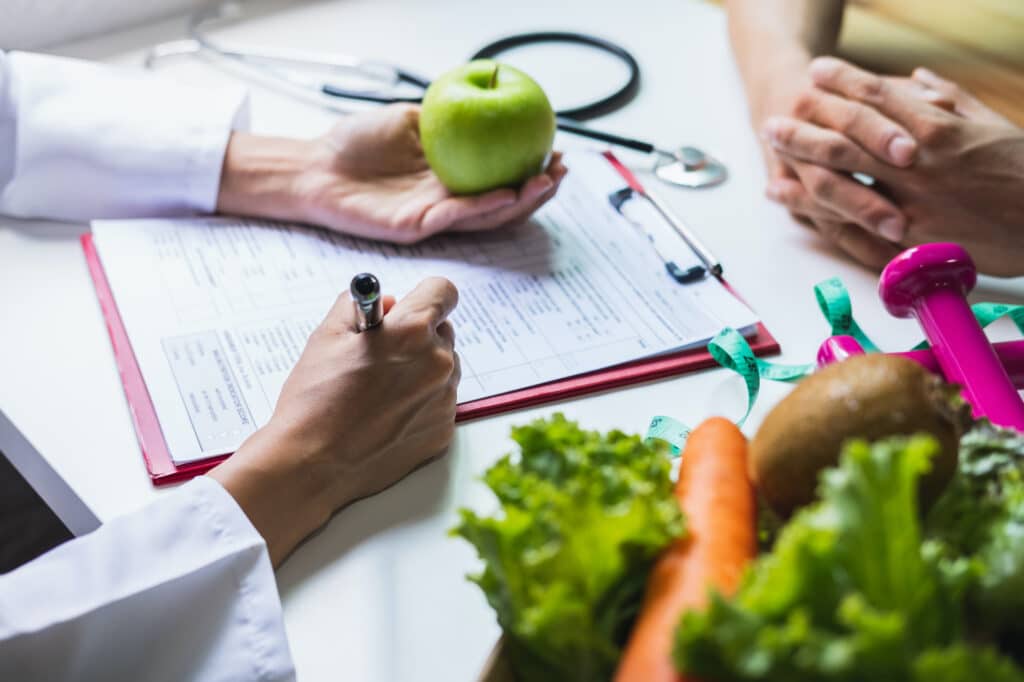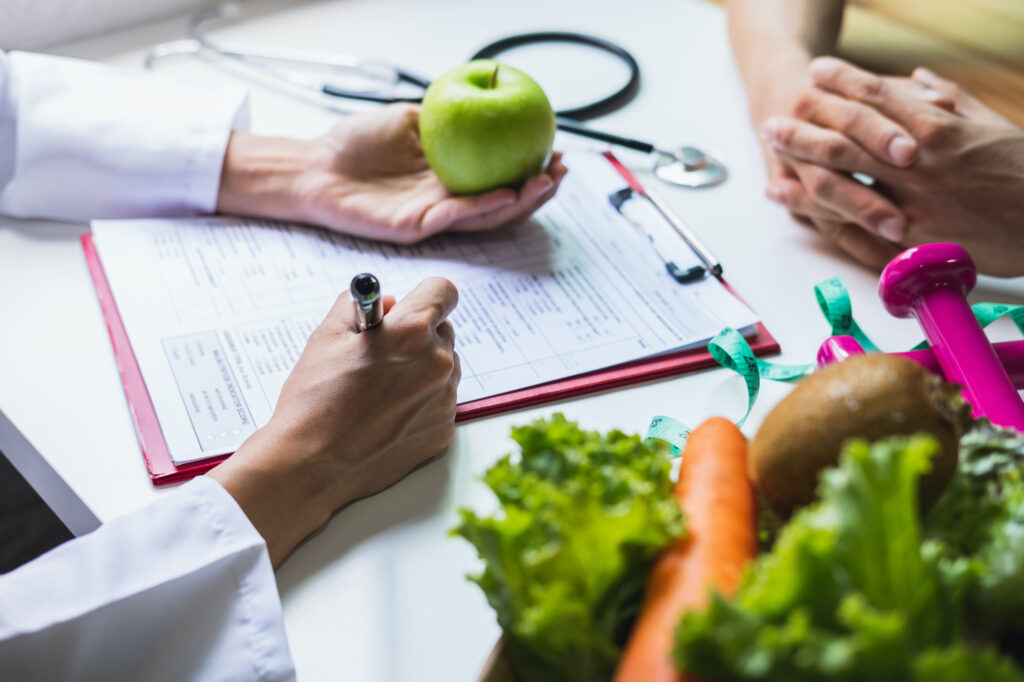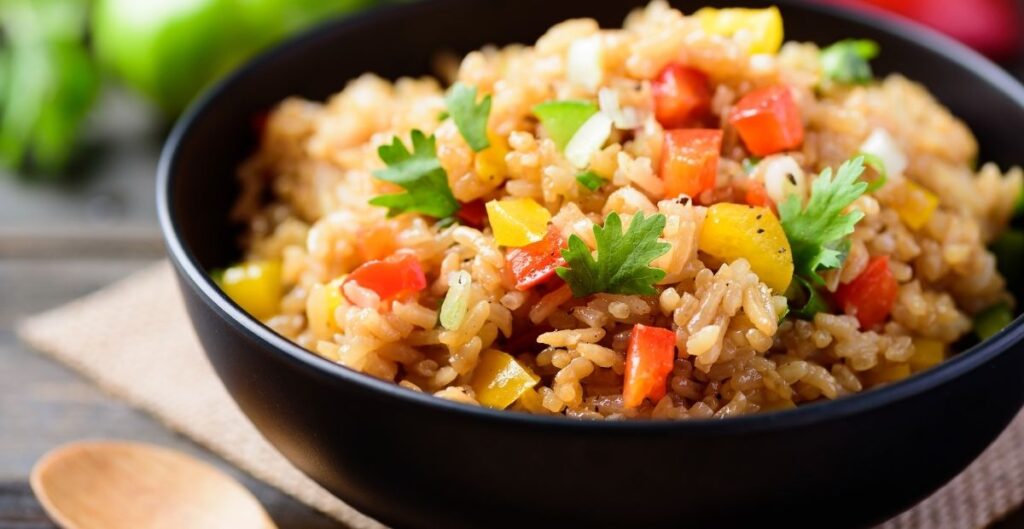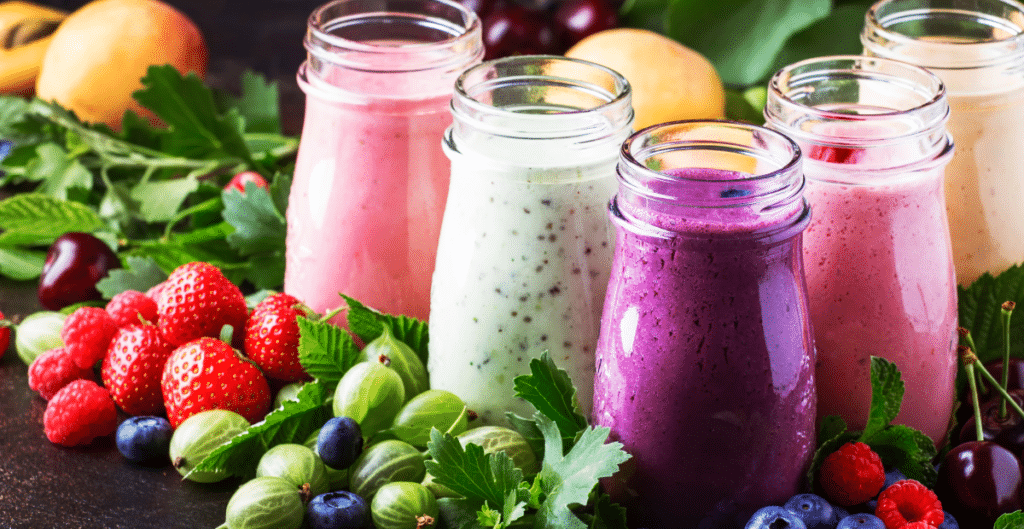The 500-Calorie HCG Diet: A Sample Guide
The HCG (Human Chorionic Gonadotropin) diet has garnered attention as a potential weight loss solution. It combines a strict 500-calorie daily intake with the use of the hormone HCG. While the diet has been controversial, many people report substantial weight loss by following the program under the guidance of a healthcare professional. This article will provide a sample 500-calorie HCG diet menu, explain how the diet works, highlight its potential benefits, and offer tips for success.
What is the HCG Diet?
Dr. Albert Simeons developed the HCG diet in the 1950s as a treatment for obesity. The premise of the diet is simple: by using HCG. This hormone is naturally produced during pregnancy, individuals can lose weight quickly while consuming a very low-calorie diet (VLCD) of 500 calories per day.
The HCG hormone is believed to help mobilize stored fat, making it available for energy, thus allowing individuals to lose weight quickly without feeling as hungry as they would on a typical 500-calorie diet. HCG is administered through injections, oral drops, or sprays, although injections are considered the most effective.
Despite the diet’s potential for rapid weight loss, it has been the subject of controversy due to its extreme nature and the lack of extensive scientific evidence supporting its long-term effectiveness. As with any diet, it’s important to consult with a healthcare provider before starting the HCG diet to determine if it’s appropriate for you.

How the 500-Calorie HCG Diet Works
The HCG diet consists of several phases, with Phase 2 being the phase that involves the strict 500-calorie limit. This phase lasts for around 3-6 weeks and is where the most significant weight loss typically occurs.
Phase 1 (Loading Phase)
During this phase, individuals consume high-fat, high-calorie foods to “load” their bodies with fat. This phase typically lasts for two days and is meant to prepare the body for the lower calorie intake that follows.
Phase 2 (The VLCD Phase)
This is the phase where participants eat only 500 calories a day. The HCG hormone is administered daily through injections or drops, and individuals are encouraged to eat specific food items, such as lean proteins, non-starchy vegetables, and fruits.
Phase 3 (Maintenance Phase)
In this phase, calorie intake gradually increases, but participants continue to avoid sugars and starches. The goal of Phase 3 is to stabilize the weight loss achieved in Phase 2.
Phase 4 (Maintenance or Lifestyle Phase)
This phase involves eating a more balanced, sustainable diet to maintain the weight loss achieved on the HCG diet. It is recommended to avoid refined sugars and starches during this phase.
Benefits of the 500-Calorie HCG Diet
While the HCG diet is restrictive, it offers several benefits when followed correctly. Some of the potential advantages include:
- Rapid Weight Loss The most obvious benefit of the HCG diet is significant weight loss. Participants often experience substantial reductions in body weight, especially during Phase 2 of the diet. Many individuals report losing 1-2 pounds per day during the first few weeks of the diet.
- Reduced Hunger: One of the challenges of following a 500-calorie diet is dealing with hunger. However, HCG may help mitigate hunger by promoting the release of fat stores into the bloodstream, thus providing a steady source of energy.
- Increased Fat Loss: The diet is designed to target fat loss, particularly in problem areas like the abdomen, thighs, and hips. While the calorie count is very low, the HCG hormone may help preserve muscle mass, allowing individuals to lose mostly fat rather than lean muscle tissue.
- Improved Body Composition: As individuals lose fat, they may notice changes in their body composition. With the right combination of HCG, diet, and exercise, participants can achieve a leaner, toned physique.
- Potential Health Improvements: Rapid weight loss through the HCG diet may lead to improvements in various health metrics, such as blood pressure, cholesterol levels, and blood sugar control. This is especially beneficial for individuals with obesity-related health conditions like type 2 diabetes or hypertension.
Must Read: Diet After Laparoscopic Surgery: A Comprehensive Guide
Sample 500-Calorie HCG Diet Menu
For those following the HCG diet, a 500-calorie menu is essential to ensure the right balance of nutrients while staying within the caloric restriction. Below is a sample menu for one day on the HCG diet, along with approximate calorie counts for each meal.
Breakfast:
- 1 Apple (medium size) – 95 calories
- Black Coffee or Green Tea (no sugar or cream) – 0 calories
Lunch:
- 3.5 oz Grilled Chicken Breast (skinless, boneless) – 165 calories
- 1 Cup Mixed Salad Greens (lettuce, spinach, arugula, etc.) – 7 calories
- 1/2 Cup Cucumber, sliced – 8 calories
- 1 tablespoon Apple Cider Vinegar or Lemon Juice (for dressing) – 3 calories
- 1 Orange (medium-sized) – 62 calories
Snack (Optional):
- 1 Small Cucumber (about 1/2 cucumber) – 8 calories
Dinner:
- 3.5 oz Grilled White Fish (Cod, Sole, or Tilapia) – 90 calories
- Steamed Asparagus (1 cup) – 27 calories
- 1/2 Grapefruit – 52 calories
- Black Coffee or Green Tea (no sugar or cream) – 0 calories
Tips for Success on the 500-Calorie HCG Diet
- Stay Hydrated: Drink plenty of water throughout the day to stay hydrated. This will also help curb hunger and support your metabolism. Herbal teas and black coffee are also acceptable beverages.
- Avoid Cheating: The 500-calorie limit is strict, and even small deviations can impede weight loss. Stick to the menu and avoid snacking between meals.
- Plan Your Meals: Meal prep is essential to the HCG diet. By preparing your meals ahead of time, you can avoid temptation and ensure you have the right foods on hand.
- Exercise Caution with Exercise: While light exercise is encouraged, such as walking or yoga, intense workouts may be difficult on a 500-calorie diet. Avoid overexerting yourself, and focus on maintaining daily activity.
- Consult Your Doctor: Before starting the HCG diet, it’s crucial to consult with a healthcare provider. The extreme calorie restriction and use of the HCG hormone may not be suitable for everyone, especially those with pre-existing health conditions.
Potential Side Effects and Considerations
While many people experience success on the HCG diet, there are potential side effects and considerations to keep in mind:
- Fatigue and Hunger: Although the HCG hormone is designed to reduce hunger, some people may still experience fatigue and hunger during Phase 2.
- Nutrient Deficiency: A 500-calorie diet is extremely restrictive and may lead to nutrient deficiencies if followed for an extended period. It is important to take supplements if recommended by your healthcare provider.
- Muscle Loss: Although HCG may help preserve muscle mass, extreme calorie restriction can still lead to muscle loss over time. Resistance training can help minimize this effect.
- Not a Long-Term Solution: The HCG diet is designed for short-term use and is not a sustainable long-term approach to weight loss. After completing the program, it’s essential to transition to a more balanced, sustainable eating plan.
Conclusion
The 500-calorie HCG diet has proven effective for rapid weight loss for many individuals. By combining the use of the HCG hormone with a very low-calorie diet, people can lose significant amounts of weight in a short time frame. However, it is important to approach the diet cautiously and under medical supervision to avoid potential health risks.
If you are considering the HCG diet, ensure that you have a solid understanding of the meal plan, potential side effects, and the importance of maintaining a healthy, balanced diet once you complete the program. By following the 500-calorie HCG diet menu and adhering to the diet’s guidelines, you may experience impressive weight loss and achieve your health and fitness goals.



